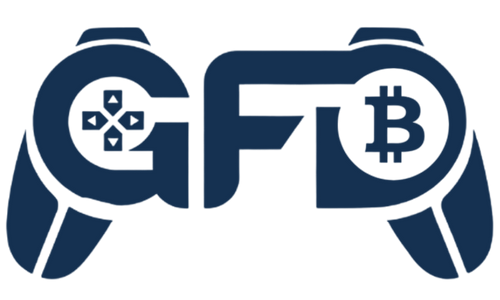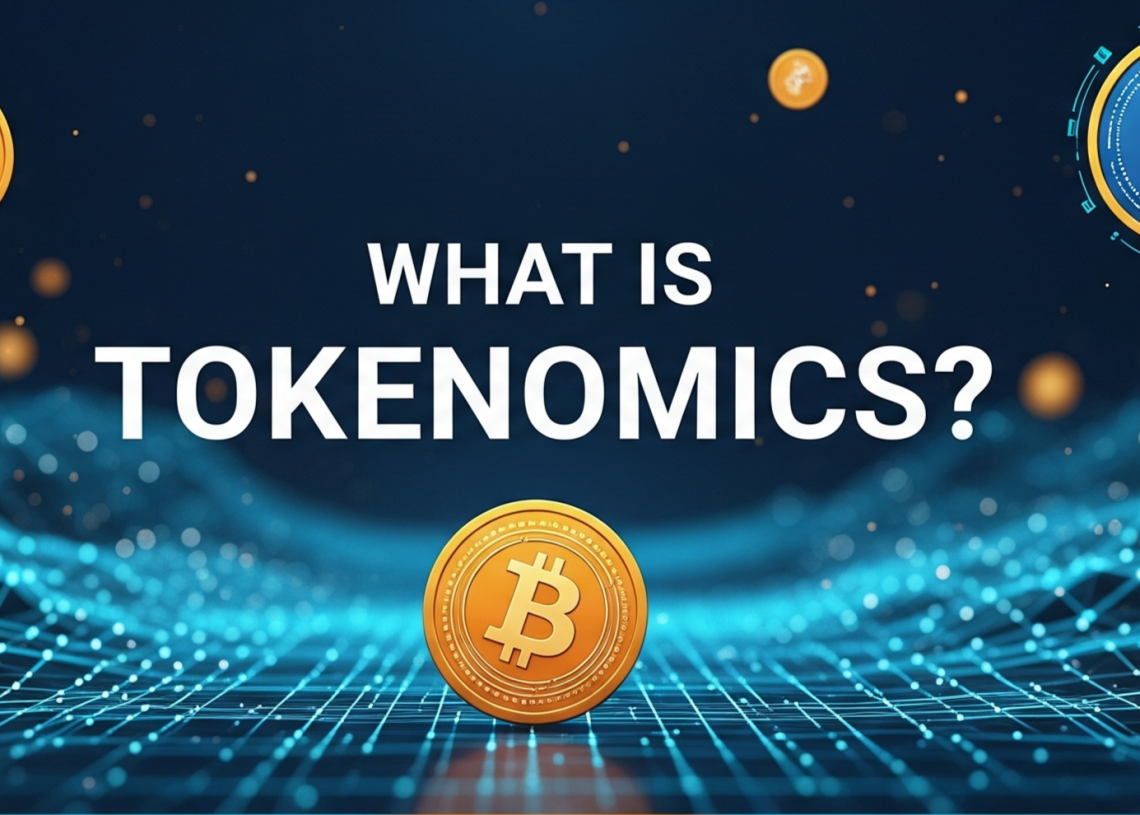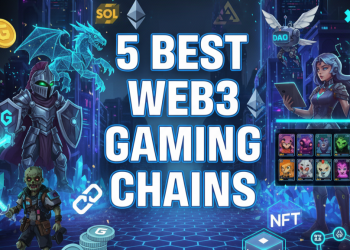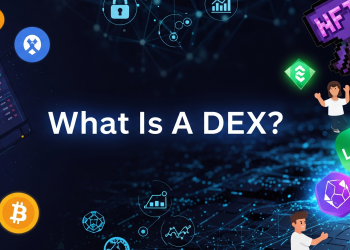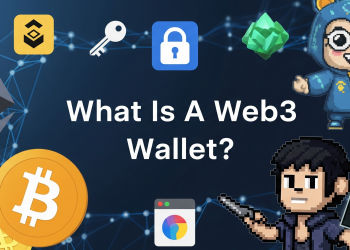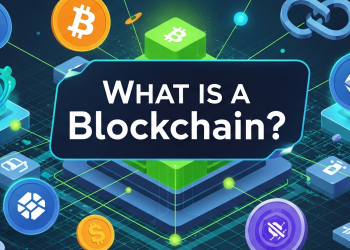Tokenomics, short for “token economics,” describes how a cryptocurrency or in-game token is designed, distributed, and used. Just like real-world money that has a supply, a demand, and a set of rules, digital tokens are subjected to a system that determines their value and their position inside a blockchain project. Think of tokenomics as the economic blueprint of every GameFi ecosystem.
Why Tokenomics Matters
Tokenomics is the backbone of every project’s economy. Without it, a token is just a number on the screen with no meaning or sustainability.
- For players: It shows how the tokens are earned, bought, and circulated.
- For builders: It helps balance inflows (minting, emissions, rewards) and outflows (burning, fees, utility).
- For investors: Strong tokenomics keep the token from going too far under with no value left.
The Core Elements of Tokenomics
Tokenomics usually revolves around a few building blocks that shape how a token works in practice. By looking at these elements, you can quickly judge if a project’s economy feels balanced or risky.
1. Token Supply
- Fixed Supply: Some tokens have a fixed maximum limit.
- Inflationary Supply: Others mint new tokens to reward players or secure networks.
2. Distribution
The project distributes tokens across community rewards, the team, investors, and the treasury. A majority of these allocations come with vesting periods (slow release of tokens over a specific period) and cliff schedules (waiting times before the release of tokens).
3. Utility
A token’s long-term value depends on its use cases. In GameFi, common utilities include:
- Paying for in-game upgrades or repairs.
- Unlocking new levels, modes, or quests.
- Crafting or enhancing NFTs.
- Participating in governance votes.
- Accessing exclusive tournaments or rewards.
4. Incentives & Rewards
Frequently, players are rewarded with tokens as part of special game loops that are designed in such a way as to make players feel engaged. For example, they can earn tokens through playing, staking, or contributing. The tricky part is to make sure that rewards remain balanced and by no means result in creating an excess of supply.
5. Burning & Sinks
Projects introduce methods for removing tokens from circulation to keep inflation at bay. These sinks are the ones that give tokens their value and at the same time, issue the tokens that are used for spending rather than saving.
Tokenomics in GameFi
GameFi offers a fresh perspective to tokenomics: tokens serve not only as currencies but also as integral components of player-owned economies.
- Play-to-Earn Rewards: Tokens given for completing quests, winning battles, or ranking on leaderboards.
- NFT Ownership Economies: Owning land, characters, or mounts that generate in-game advantages or unlock special rewards.
- Dual Token Systems: Traditionally, many games used one token for governance and another for in-game activity. But recently, there’s been a growing trend of using a single token to power multiple games in the same ecosystem, making it more versatile and interconnected.
The Risks of Tokenomics
Tokenomics can make or break a project. If not carefully planned, several risks can arise:
- Inflation Risk: If tokens are minted too quickly without enough sinks, supply outpaces demand, and prices fall.
- Speculative Risk: Tokens are often driven by hype cycles, which can cause extreme price volatility.
- Utility Risk: If tokens lack meaningful uses, players may only dump them, breaking the economic loop.
- Sustainability Risk: If most participants focus only on extracting rewards instead of reinvesting in the game, the economy becomes fragile.
In short, weak tokenomics can lead to a cycle of oversupply, reduced demand, and a rapid decline in value.
Conclusion
Tokenomics is the foundation of any GameFi project. It determines how tokens flow, how players are rewarded, and how value is sustained over time. Understanding the details such as supply, distribution, vesting, utilities, and sinks, can significantly help you decide whether to participate in a project or not.
By learning how tokenomics works, you gain a clearer picture of whether a game’s economy is built for long-term sustainability or just short-term hype.
FAQs:
1. What is tokenomics in simple words?
It’s the economics of how crypto or game tokens are created, distributed, and used in an ecosystem.
2. Why is tokenomics important?
It helps decide whether a token can stay valuable and useful, or if it risks losing value.
3. How do I know if tokenomics is good?
Look for fair distribution, strong token utility, clear sinks, and balanced supply.
4. Do all games have tokenomics?
Yes. Every GameFi project relies on tokenomics.

